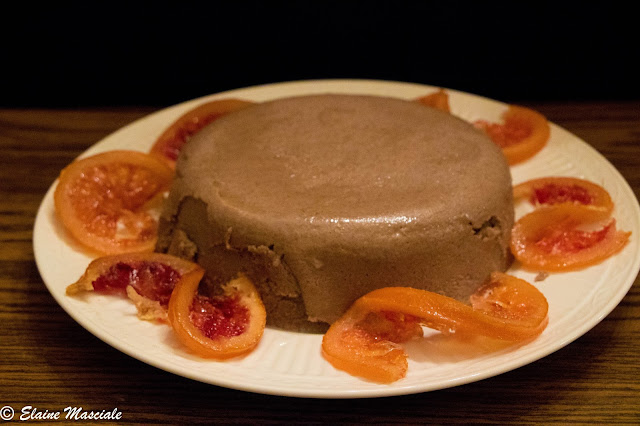Molasses Jumbles
When looking through historic foodways and cookbooks to plan menus, I find it hard to reconcile my love of cookies with my desire to incorporate historic accuracy. Sadly. cookies don't figure as importantly as they do today. Cakes, yes, although they tend to be more solid and dense, like pound cake and various fruit cakes. Puddings of all types - baked and especially boiled - seem to be highly favored. And so my problem. I LOVE cookies! To me it's a size-limited sweet that is easy to transport and easy to eat - and best of all, no dishes to wash when you eat them!
I have made Shrewsbury cakes, gingerbread of varying types, and am always on the lookout for a new cookie recipe. So, when my friend Betsy had posted about her successful attempt at making common jumbles. I was very excited. They proved popular with my family and friends and are now one of my go-to recipes. A wonderful cookie to take to reenactments (and to eat at home), they are sturdy enough to not need extensive packaging and they are sweet but not overly so. Here is the link to her post. http://inthepastlane.blogspot.com/2013/09/jumbles-or-adventures-in-baking.html
 |
| Molasses jumbles on top, common jumbles on the bottom |
As I did more research on jumbles, I found many varieties in 19th century cookbooks. I turned my attention to Molasses Jumbles.
Molasses Jumbles from Domestic Cookery by Elizabeth Lea
Beat three-quarters of a pound of sugar, the same of butter, and three eggs together;
stir in half a pint of molasses; add rose brandy and nutmeg, and enough flour to make
a soft dough; roll it into rings, and bake as other jumbles.
In the recipe for Common Jumbles, which is published immediately above that for Molasses Jumbles, we learn jumbles should be baked slowly. Betsy addressed this issue in her blog post, deciding that 350 degree F was appropriate.
Adjustments
In making molasses jumbles, I decided to reduce the number of eggs from 3 to 2. I had extra large eggs and felt that might be a bit large for historic chickens. I used light molasses because my daughter doesn't like a heavy molasses taste the way I do. You can use blackstrap if you prefer but it will give the cookies a stronger taste. I didn't have access to rose brandy, which Mrs. Lea asks for in several of her jumble recipes, so I planned on substituting plain brandy. When I discovered we had no brandy in the house, I knew I would need to make other plans. I have seen gingerbread recipes that use rum as a flavoring, so I decided to use that instead. The rum seems to balance out some of the molasses taste, making it more mellow. Unlike baked goods that are sprinkled with alcohol after baking, there is no residual alcohol in the finished product.
Here is my redaction of Molasses Jumbles
1 1/2 c white sugar
1 1/2 c white sugar
3/4 lb of sweet butter (3 sticks or 1 1/2 c)
2 extra large eggs
1 c light molasses
2 T rum
freshly grated nutmeg (about 3/4 of a nutmeg)
enough flour to make a soft dough. I started with 5 c of unbleached flour and went up to at least 6 c. More on this in the directions.
Beat together butter and sugar. Add eggs and beat well. Stir in molasses, rum, and nutmeg. Add flour by the cupful (up to 5 c) I found the dough to be very soft. It needs to be firm enough to shape into rings -at his point, add flour by the half cupful until you are happy with the consistency. The size and number of your eggs will also affect the quantity of flour needed.
On a well- loured board, roll the spoonfuls of the dough into snakes. Flouring your hands may help with the stickiness as well. The historic shape is to pinch into a ring - I chose to twist them, having seen a similar image somewhere. I also rationalized they would travel better with less breakage.
Bake in a preheated 350 degree F oven for 14-16 minutes.
Remove to a rack and cool. Enjoy with friends.
Bake in a preheated 350 degree F oven for 14-16 minutes.
Remove to a rack and cool. Enjoy with friends.
 |
| This photo was taken by Jenna Theissen, Thanks, Jenna! |



Comments
Post a Comment